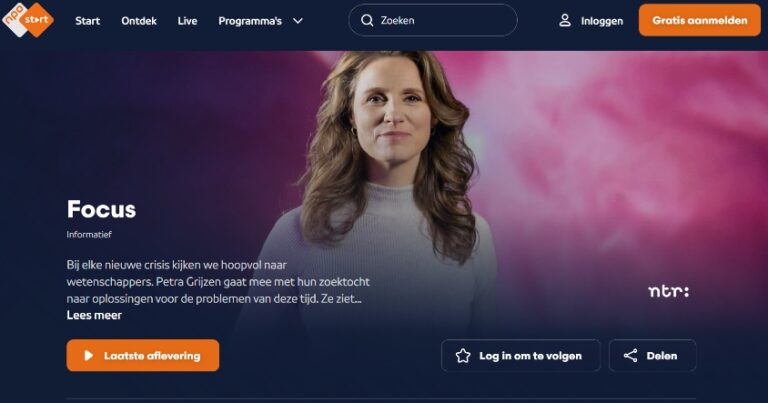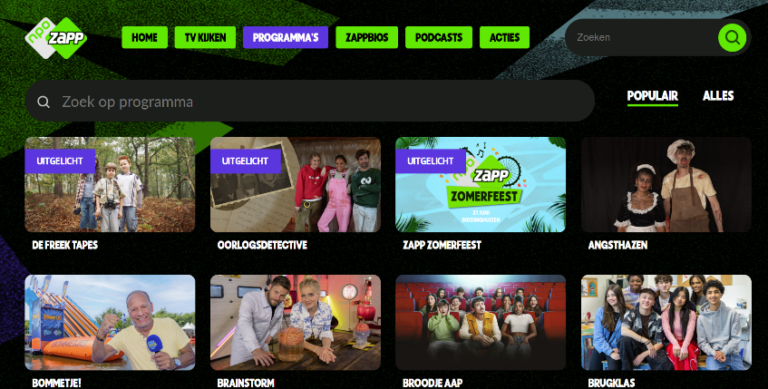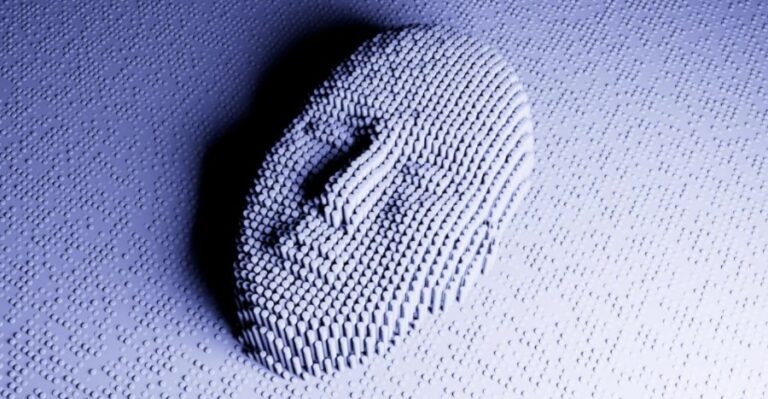DeepTherapy
DeepTherapy is an online therapeutic communication platform through therapist-controlled deepfake avatars.

Just €2.50 per 30-minute session!
Connect instantly through your browser – no software installation, no setup fees, no hidden costs.
Guaranteed: never pay more than €2.50 per 30-minute session.
🎉 Limited Time Offer: Get 1 Month FREE Trial!
No obligations. No strings attached.
👉 Book your free intake session now!
DeepTherapy in the Media
Who is deep therapy for?
Deep therapy is an online communication platform for practitioners to enter into conversation with inaccessible people through self-controlled video animations via a secured video session. The online therapy is led by the practitioners for offering help to people with trauma, anxiety and grief problems. A new world of role-playing-based therapy that is also suitable for mediation and training. Easy from home. Flexible and convenient. No software downloads or special hardware required.
Why deep therapy?
Sometimes it is difficult to involve extra people in a consultation or treatment of a client because these people do not want, cannot or no longer exist. Deep therapy is a platform for practitioners (e.g. psychologists and therapists) who want to expand their therapies with conversation sessions via a secured video session with lifelike animations of these (missing) persons. To create a video person animation, only one photo is needed of the person with whom the client wants a conversation. The video person animation is controlled by the practitioner by means of his/her own voice during a video session.
What is the purpose of deep therapy?
The goal is to come to a conversation between practitioner, client and the person animations. It is a new way of communication that can be used as an intervention for various forms of treatment of psychological problems, such as trauma and bereavement processing. The person animation is, as it were, an (extra) participant in the video session. An online platform where practitioners and patients can easily do video sessions from their home.
How does deep therapy work?
The practitioner plays the role of the person the patient wants to speak to. For this, only 1 photo of this person is needed. Our technology makes it possible to make a video of 1 photo of that person’s face. The video animation is created and prepared before the video session starts. During the video session, the video animation is controlled by the practitioner based on the voice of the practitioner. The voice causes the person animation to make mouth movements that mimic the voice. The practitioner directs the person animation directly and live, making an interactive conversation possible. The live control of the person animation by the practitioner takes place during a private and secured video session in which the person animation is present as a participant.
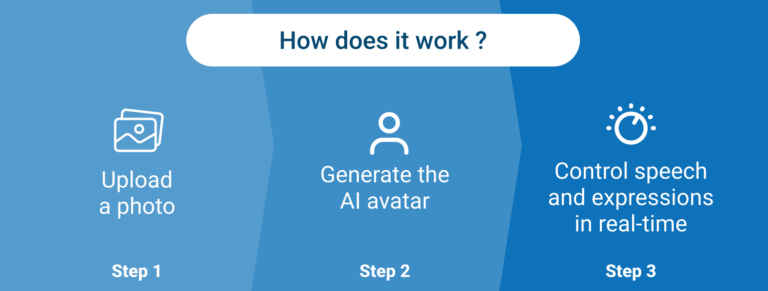
What do I need?
To create a video person animation, only one photo of the person the patient wants to speak to is needed. The video person animation is controlled by the practitioner by means of his/her/their own voice during a private video session. The person animation is an (extra) participant in the video session. The number of participants is determined by the practitioner. You don’t need any software downloads or special hardware. Available for use anywhere.
What are examples of using deep therapy?
There are many different forms of using deep therapy. A number of them are mentioned here. For example, as part of (1) trauma processing, for example the client can address the perpetrator directly. The perpetrator is played by the practitioner, (2) mourning, the patient can have a conversation with the deceased loved one. The deceased is directed by the practitioner, (3) mediation, the patient can address the (ex) partner who is played by the practitioner, (4) assertiveness training, the client can speak to the bully (played by the practitioner), and (5) training, the doctor in training can receive training to have a bad news conversation. The patient is managed by the practitioner.
Trusted by

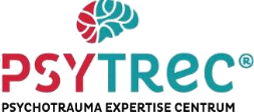


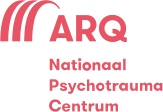



FAQ
After you (as a practitioner) are signed and logged in, upload a photo of the face of the person the client wants to talk to. The face is converted by our technology into a video of a moving face: the video animation. This video animation is used in the private and secured video session where you control the video animation by your voice.
Deep therapy platform has no information about the people to be treated. Everything goes through the practitioner. A practitioner can also perform a session completely anonymously. No personal data is stored, and sessions are encrypted.
This platform is compliant with the General Data Protection Regulation (GDPR) (EU) 2016/679. All personal data collected, processed, and stored through the platform is handled in accordance with applicable data protection laws.
This software platform is classified under Rule 11 and Rule 12 of Annex VIII of the Medical Device Regulation (MDR) 2017/745 as Software as a Medical Device (SaMD). The software is intended to support therapeutic treatment but does not perform direct diagnosis, monitor vital physiological parameters, or modify clinical decisions. In accordance with Rule 11, the software is considered Class I, as it influences treatment but does not pose a high risk to patients when used as intended.
Costs are per session of 0.5 hour. A session of 1/2 hour costs € 2.50. The first session is free of charge. You can’t take any remaining minutes with you to a new session. For example, if a session lasts less than 30 minutes, then 0.5 hour is counted.
A picture of a face. The photo should show the face clearly.
Yes, this is necessary. To do this, use a photo of the face of the person the client wants to talk to. You as the practitioner will control the video person animation. In fact, you play the role of the third person. You are and remain the owner of the person animation.
Therapists must assess patient suitability before using DeepTherapy. Patients must be informed that the deepfake is a simulation and not an authentic representation of the individual depicted. Not suitable for individuals experiencing psychosis or severe dissociative disorders. Not intended for self-use – therapist supervision is required.
In using our platform, ethical considerations extend not only to the rights and well-being of the client, but also to the personal rights of the individual depicted. However, within this specific therapeutic context, the intervention is justified by the principle that the patient’s psychological health and recovery take precedence, provided that the process is conducted with appropriate safeguards, informed consent, and clinical oversight.

